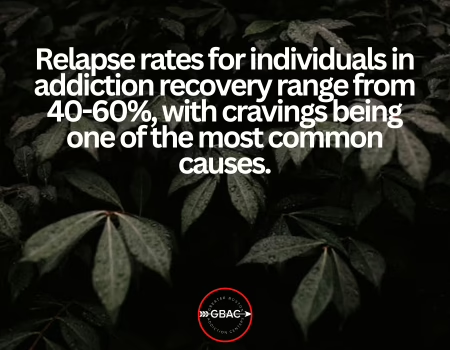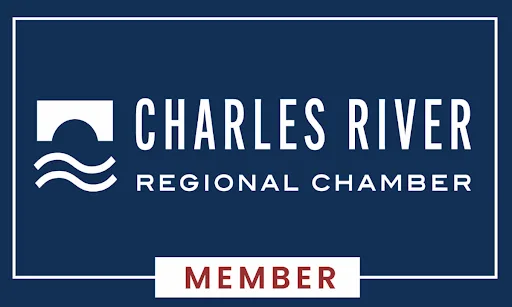What Are Cravings and Why Do You Have Them?
Clinically Reviewed by Dr. Kate Smith

Cravings are a significant challenge for individuals recovering from addiction. They can feel overwhelming and all-consuming, often testing a person’s resolve to remain substance-free. Understanding cravings—what causes them, how they manifest, and strategies for overcoming them—is essential for achieving long-term recovery.
At Greater Boston Addiction Centers, we specialize in evidence-based treatment for addiction, including managing cravings through drug rehab programs, intensive outpatient programs (IOPs), and addiction therapy programs. In this comprehensive guide, we’ll explore the science behind cravings, their triggers, and how professional treatment can help.
What Are Cravings?
Cravings are intense urges or desires to use substances like drugs or alcohol. They are a natural part of addiction and recovery, arising from the brain’s conditioned response to substance use. While cravings may feel overpowering, they are temporary and manageable with the right tools and support.
Types of Cravings
- Physical Cravings: Result from the body’s dependency on a substance. These cravings are often accompanied by withdrawal symptoms like nausea, headaches, or muscle pain.
- Psychological Cravings: Stem from emotional or mental associations with substance use, such as using alcohol to cope with stress.
- Environmental Cravings: Triggered by specific people, places, or situations linked to past substance use.
Why Do You Have Cravings?
Cravings are rooted in the brain’s reward system and the body’s physical dependency on substances. Several factors contribute to the development of cravings:
1. Brain Chemistry and Dopamine
Substance use floods the brain with dopamine, a neurotransmitter associated with pleasure and reward. Over time, the brain becomes reliant on the substance to produce dopamine. When the substance is absent, the brain triggers cravings to restore its dopamine levels.
2. Physical Dependency
Prolonged substance use alters the body’s equilibrium, creating a physical dependency. When the substance is removed, the body experiences withdrawal symptoms, which often include cravings as it seeks to regain balance.
3. Emotional Triggers
Stress, anxiety, and depression can act as triggers for cravings. The brain associates substance use with temporary relief from these emotions, reinforcing the urge to use.
4. Habit Formation
Addiction creates habitual behaviors that are difficult to break. The brain links specific routines or times of day with substance use, leading to cravings when those patterns are disrupted.
5. Environmental Cues
Familiar environments, people, or objects associated with past substance use can activate powerful cravings. For example, walking by a bar where someone used to drink can trigger the urge to consume alcohol.
How Cravings Manifest
Cravings can present in various ways, depending on their intensity and the individual’s circumstances. They often manifest as:
Physical Symptoms
- Sweating or chills
- Muscle tension or restlessness
- Increased heart rate
- Fatigue or insomnia
Emotional Symptoms
- Anxiety or irritability
- Hopelessness or frustration
- Intense focus on obtaining the substance
Behavioral Symptoms
- Avoiding situations where the substance isn’t available
- Seeking out environments associated with past use
- Engaging in high-risk behaviors to satisfy the craving
The Role of Cravings in Addiction Recovery
Cravings are a natural part of the recovery process but can be a significant obstacle to sobriety. They serve as a reminder of the brain’s previous reliance on substances and highlight the need for effective coping strategies. While cravings may feel like a setback, they are an opportunity to practice resilience and strengthen recovery skills.
Common Triggers for Cravings
Cravings are often triggered by specific factors, which can vary from person to person. Identifying and understanding these triggers is essential for managing cravings effectively. Common triggers include:
1. Stress
Stress is one of the most common triggers for cravings, as many individuals turn to substances to cope with emotional tension.
2. Negative Emotions
Feelings of sadness, anger, loneliness, or frustration can provoke cravings, especially if the individual has used substances to manage these emotions in the past.
3. Social Pressure
Being around people who use substances or being in environments where substance use is normalized can trigger cravings.
4. Celebratory Events
For some, celebrations or milestones may trigger cravings due to associations with past substance use during similar occasions.
5. Sensory Cues
The smell, taste, or sight of a substance can activate cravings, even years after achieving sobriety.
How to Manage Cravings
While cravings are a normal part of recovery, they can be managed with practical strategies and professional support. Here are some effective techniques for managing cravings:
1. Identify and Avoid Triggers
Keeping a journal to track situations or emotions that lead to cravings can help identify patterns. Once triggers are identified, it’s easier to avoid or prepare for them.
2. Practice Mindfulness
Mindfulness techniques, such as meditation, deep breathing, or progressive muscle relaxation, help individuals stay present and reduce the emotional intensity of cravings.
3. Distraction Techniques
Engaging in activities like exercise, reading, or creative hobbies can shift focus away from cravings. Physical movement, in particular, releases endorphins, which naturally improve mood.
4. Build a Support System
Having a network of supportive friends, family, or recovery groups can make it easier to talk about cravings and receive encouragement.
5. Utilize Cognitive Behavioral Therapy (CBT)
CBT helps individuals identify negative thought patterns associated with cravings and replace them with healthier coping mechanisms.
6. Create a Relapse Prevention Plan
Work with a therapist to develop a plan for handling high-risk situations and recognizing early warning signs of relapse.
7. Explore Medication-Assisted Treatment (MAT)
For those experiencing intense cravings, medications like naltrexone, methadone, or buprenorphine can reduce the intensity of urges and help maintain sobriety.
The Role of Professional Treatment in Managing Cravings
At Greater Boston Addiction Centers, we provide comprehensive programs to help individuals manage cravings and achieve long-term recovery. Our services include:
1. Drug Rehab Treatment Programs
Our rehab programs combine detoxification, therapy, and aftercare to address all aspects of addiction, including cravings.
2. Intensive Outpatient Programs (IOPs)
IOPs offer structured support while allowing individuals to maintain their daily responsibilities, such as work or family care.
3. Addiction Therapy Programs
Therapies like CBT, Dialectical Behavior Therapy (DBT), and trauma-focused therapy are tailored to address the psychological and emotional components of cravings.
4. Residential Treatment
For those needing a more intensive approach, residential treatment provides a safe, supportive environment to focus entirely on recovery.
Why Choose Greater Boston Addiction Centers?
At Greater Boston Addiction Centers, we understand the challenges of managing cravings and provide personalized care to help individuals overcome them. Our compassionate team of therapists, medical professionals, and addiction specialists is dedicated to your success.
What Sets Us Apart:
- Comprehensive Care: From detox to aftercare, we offer a full spectrum of services.
- Personalized Treatment Plans: Each plan is tailored to your unique needs and challenges.
- Experienced Team: Our staff is highly trained in evidence-based therapies for addiction and cravings.
- Convenient Location: As a leading addiction treatment center in Boston, we’re easily accessible to individuals and families.
Conclusion
Cravings are a normal and manageable part of the recovery process. By understanding the science behind cravings and implementing effective strategies, individuals can overcome these urges and stay on the path to sobriety. Professional treatment at Greater Boston Addiction Centers provides the tools, guidance, and support needed to manage cravings and achieve lasting recovery.
If you or a loved one is struggling with addiction, don’t wait. Call us today at (877) 920-6583 to take the first step toward a healthier, addiction-free future.
FAQ on What Are Cravings
What causes cravings?
Cravings are caused by changes in the brain’s reward system due to substance use, physical dependency, emotional triggers, and associations with specific environments or routines.
Are cravings normal during recovery?
Yes, cravings are a natural part of recovery and indicate that the brain is healing. With the right strategies, they can be effectively managed.
How long do cravings last?
Cravings vary in intensity and duration, typically lasting from a few minutes to an hour. Over time, they tend to decrease in frequency and intensity.
What triggers cravings?
Common triggers include stress, negative emotions, social situations, specific environments, and sensory cues like smells or sounds associated with past substance use.
Can cravings lead to relapse?
If unmanaged, cravings can increase the risk of relapse. However, professional treatment and coping strategies can significantly reduce this risk.
How can I manage cravings?
Techniques like mindfulness, distraction, building a support system, and therapy (e.g., CBT) are effective for managing cravings. Professional treatment can also help.
What is the role of professional treatment in managing cravings?
Programs like intensive outpatient programs (IOPs), residential treatment, and therapy provide tools and support to understand and manage cravings effectively.
Live Sober
Live Connected
Greater Boston Addiction Centers
Rehab Blog


